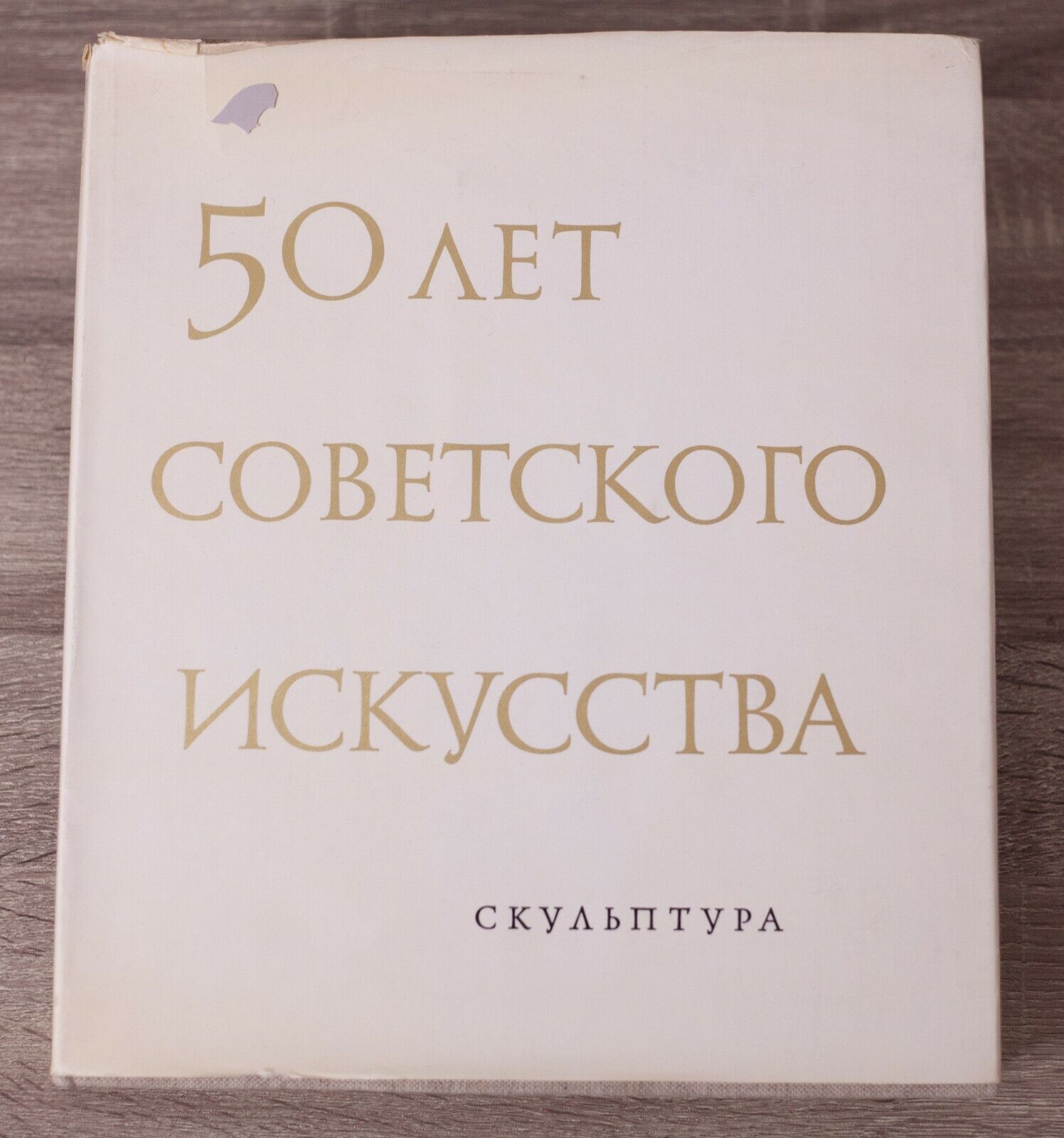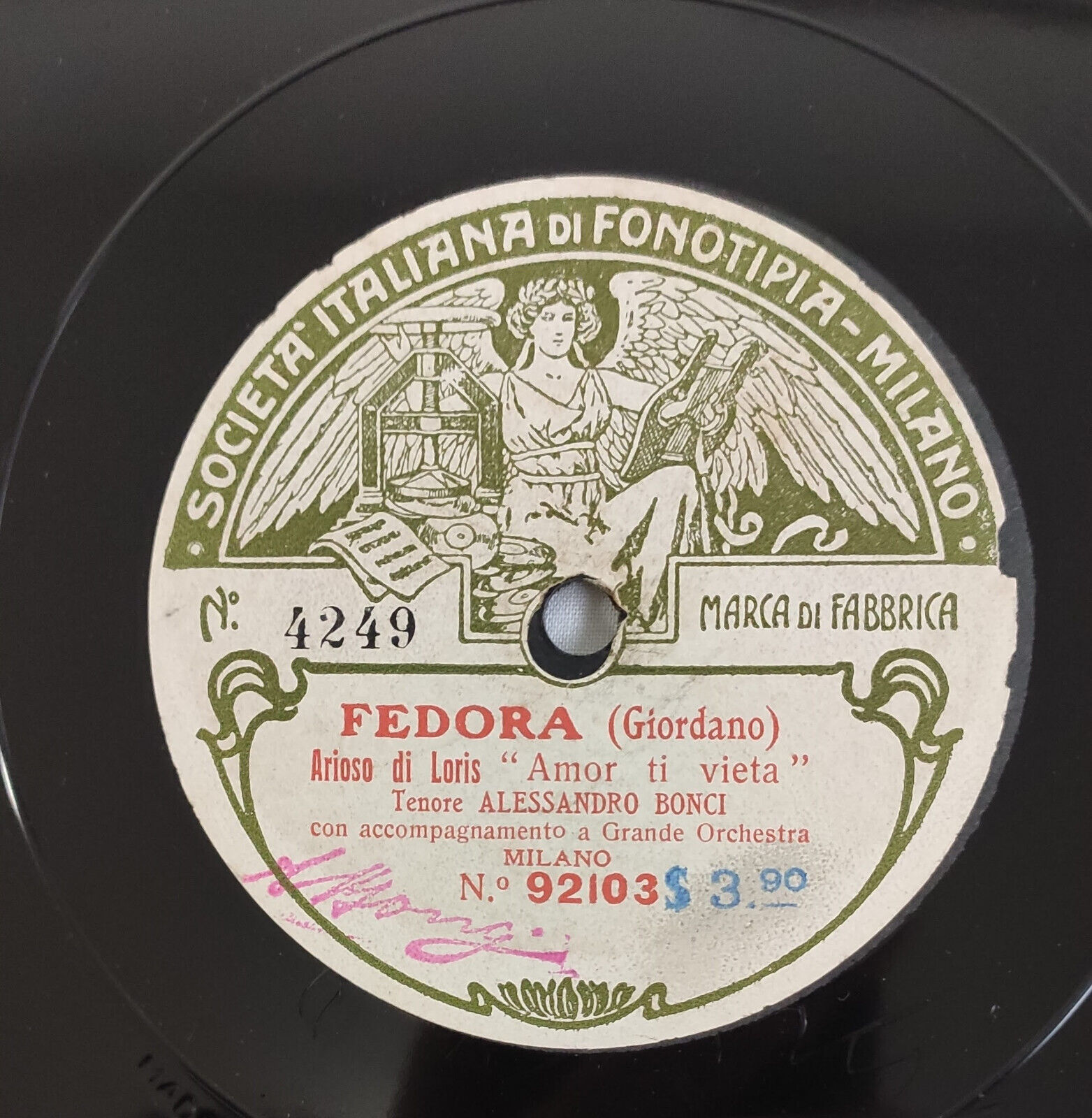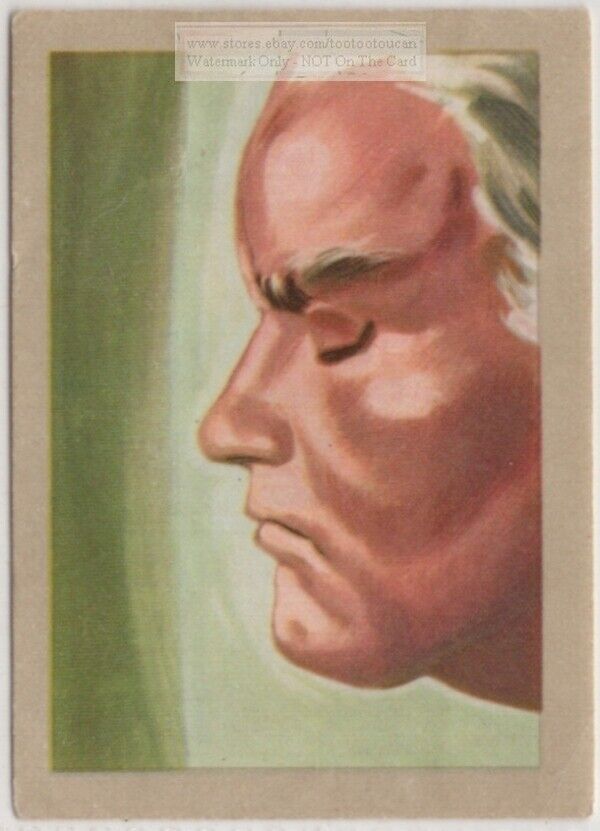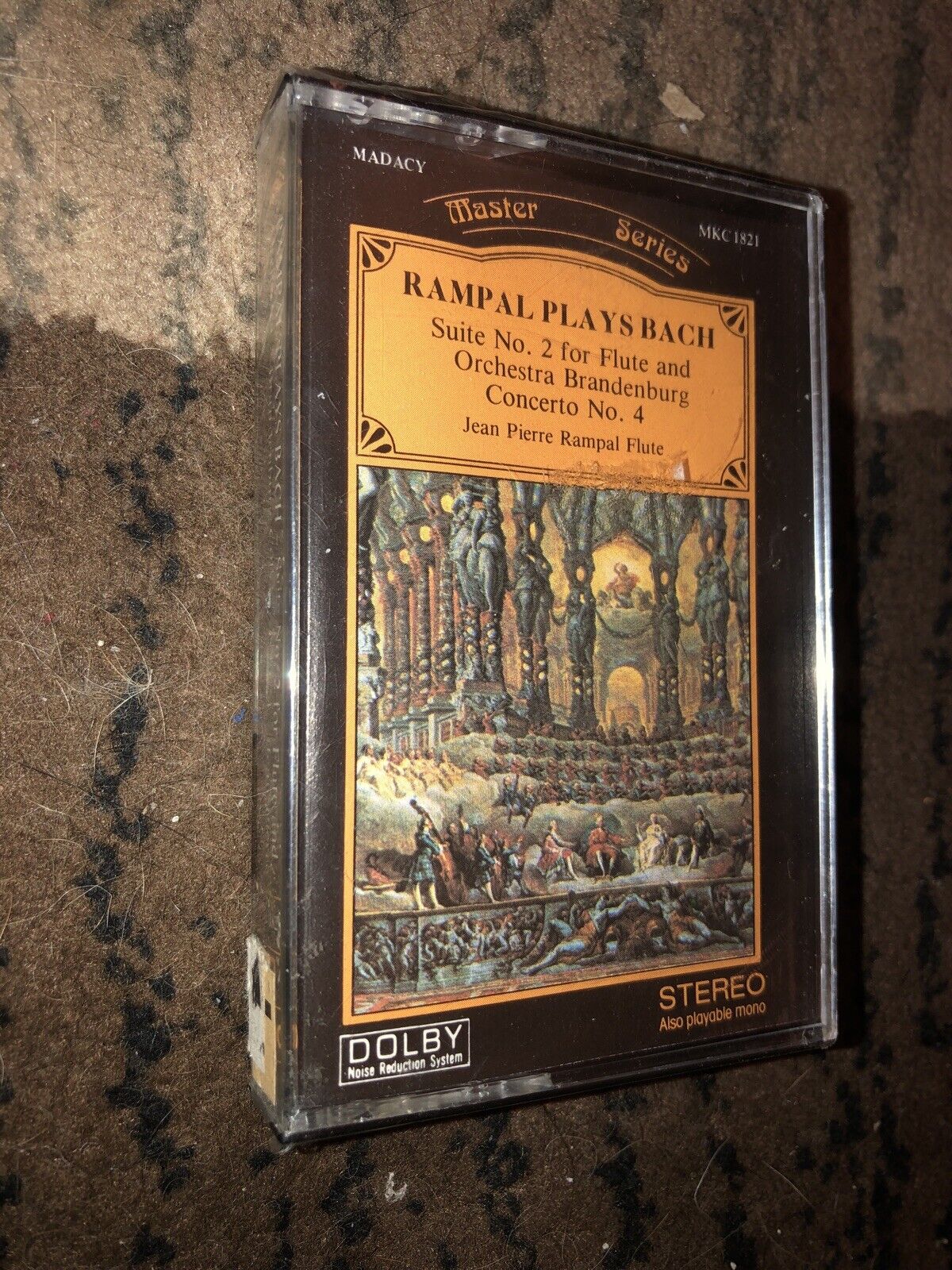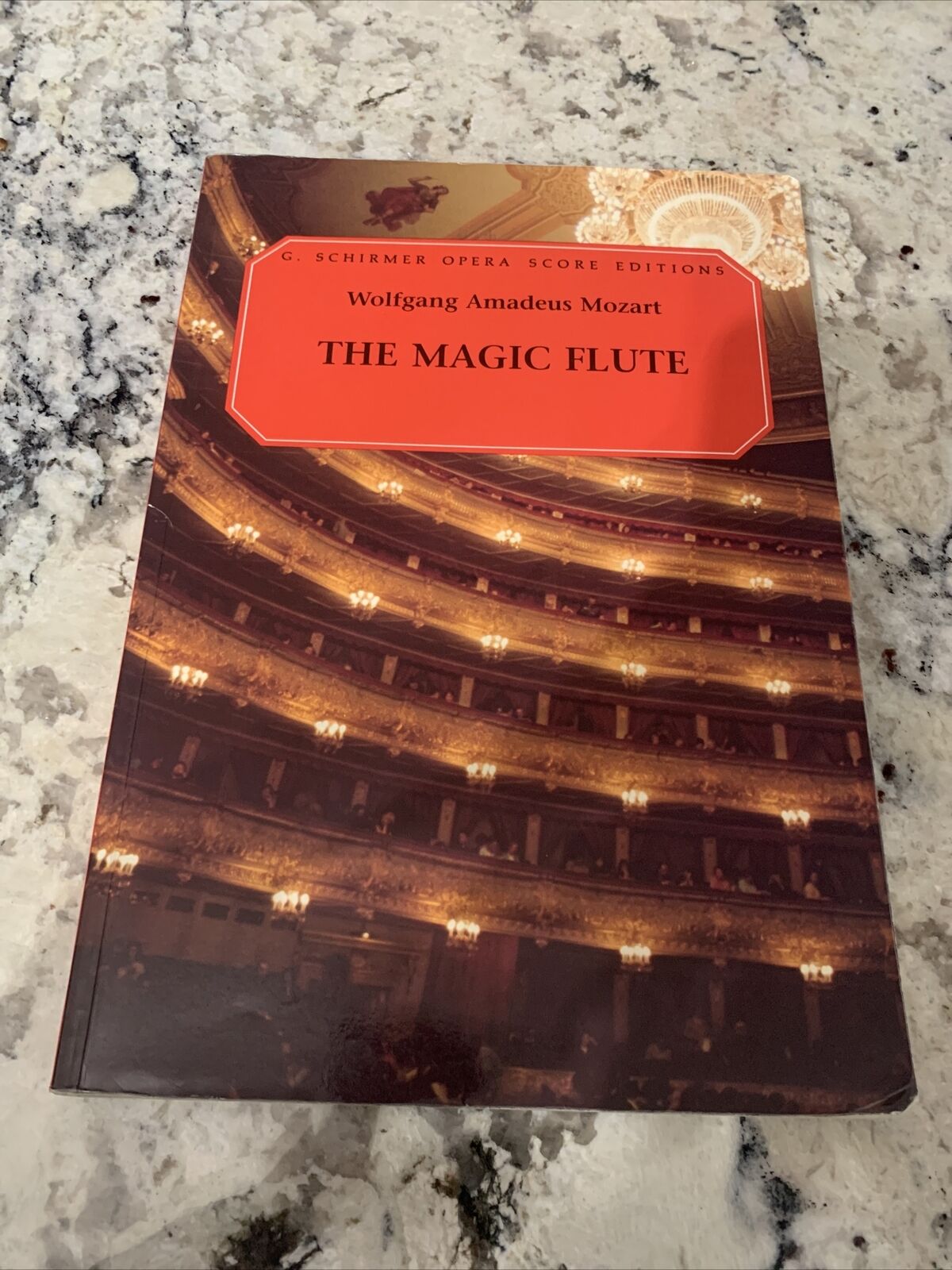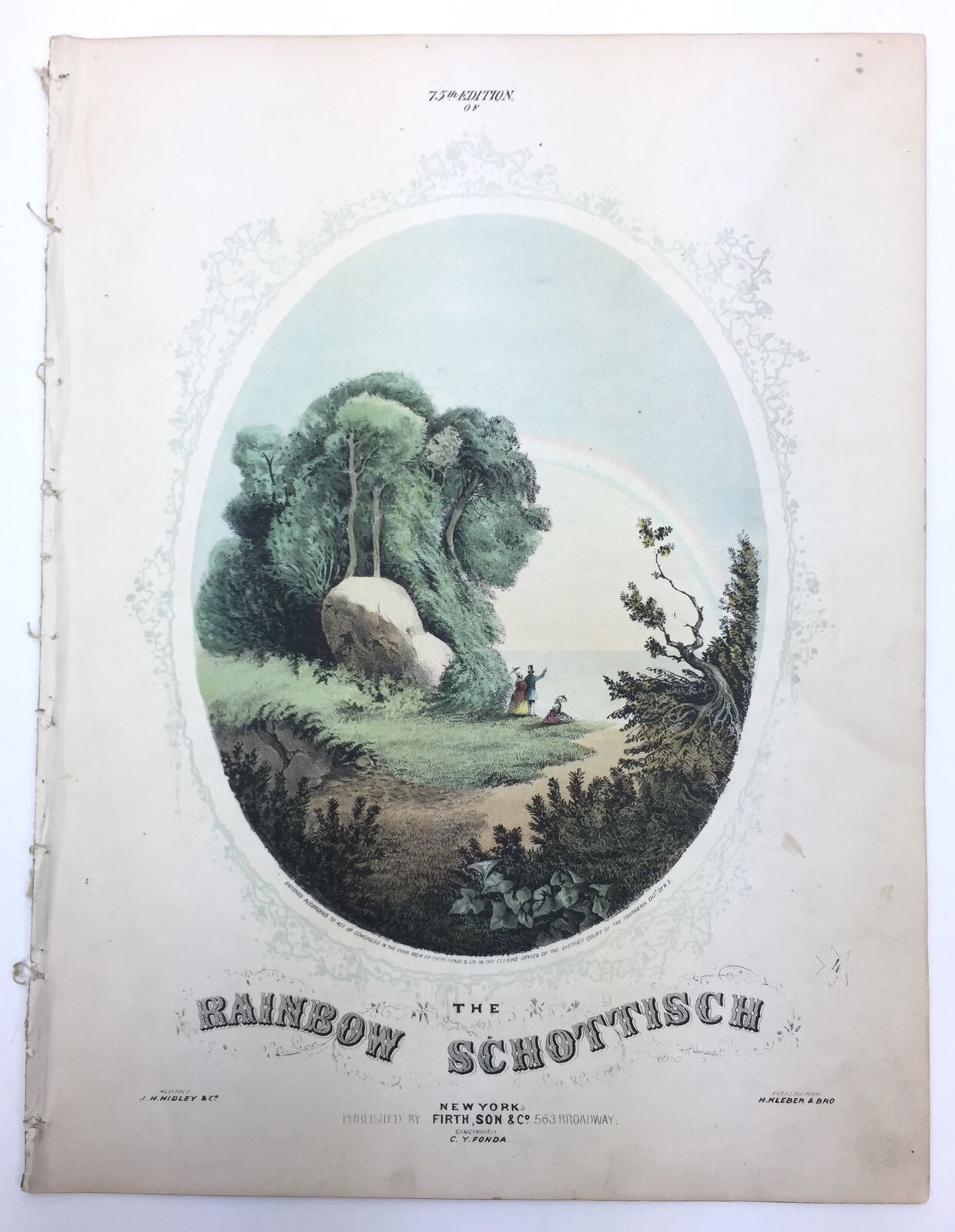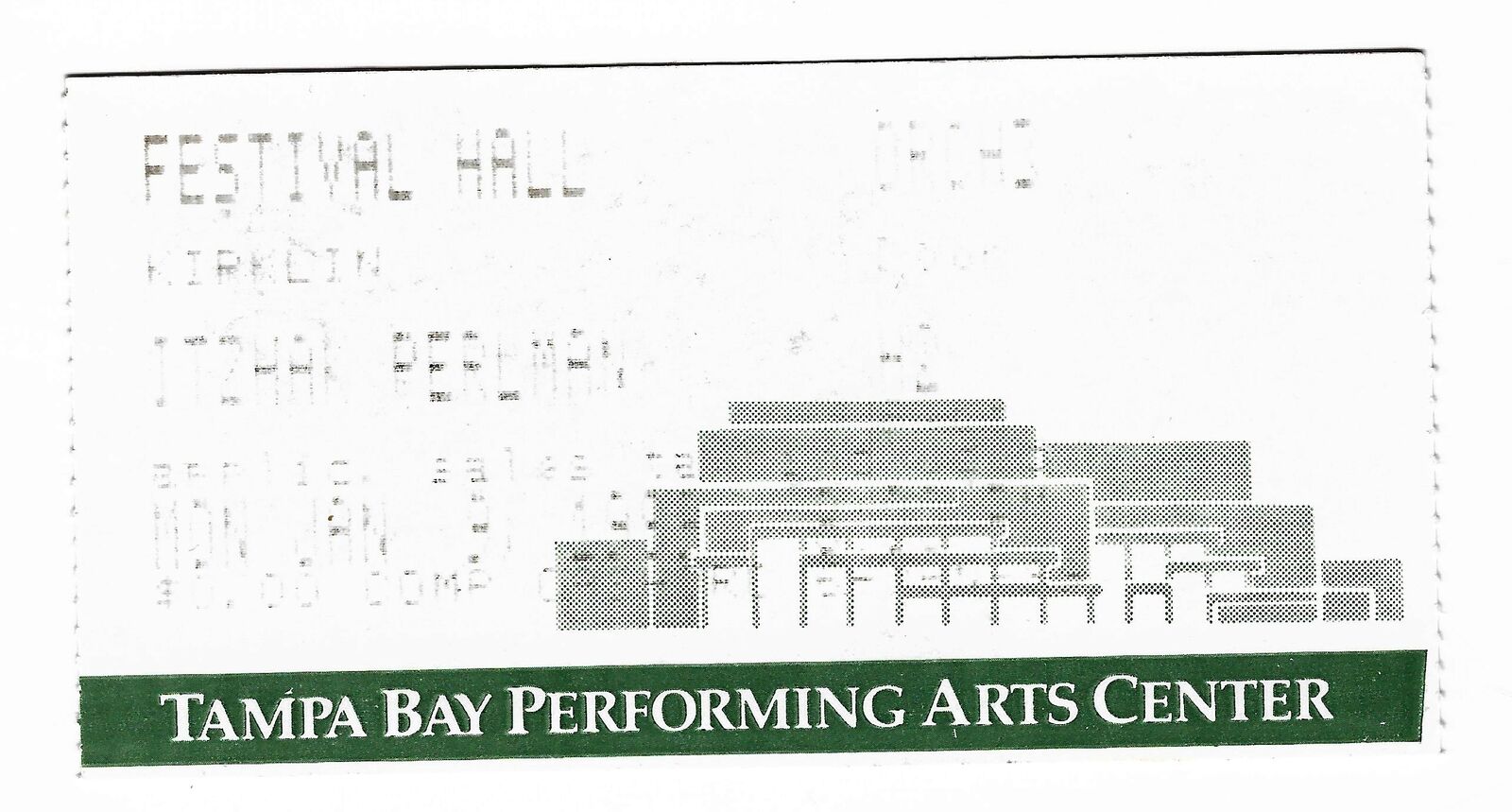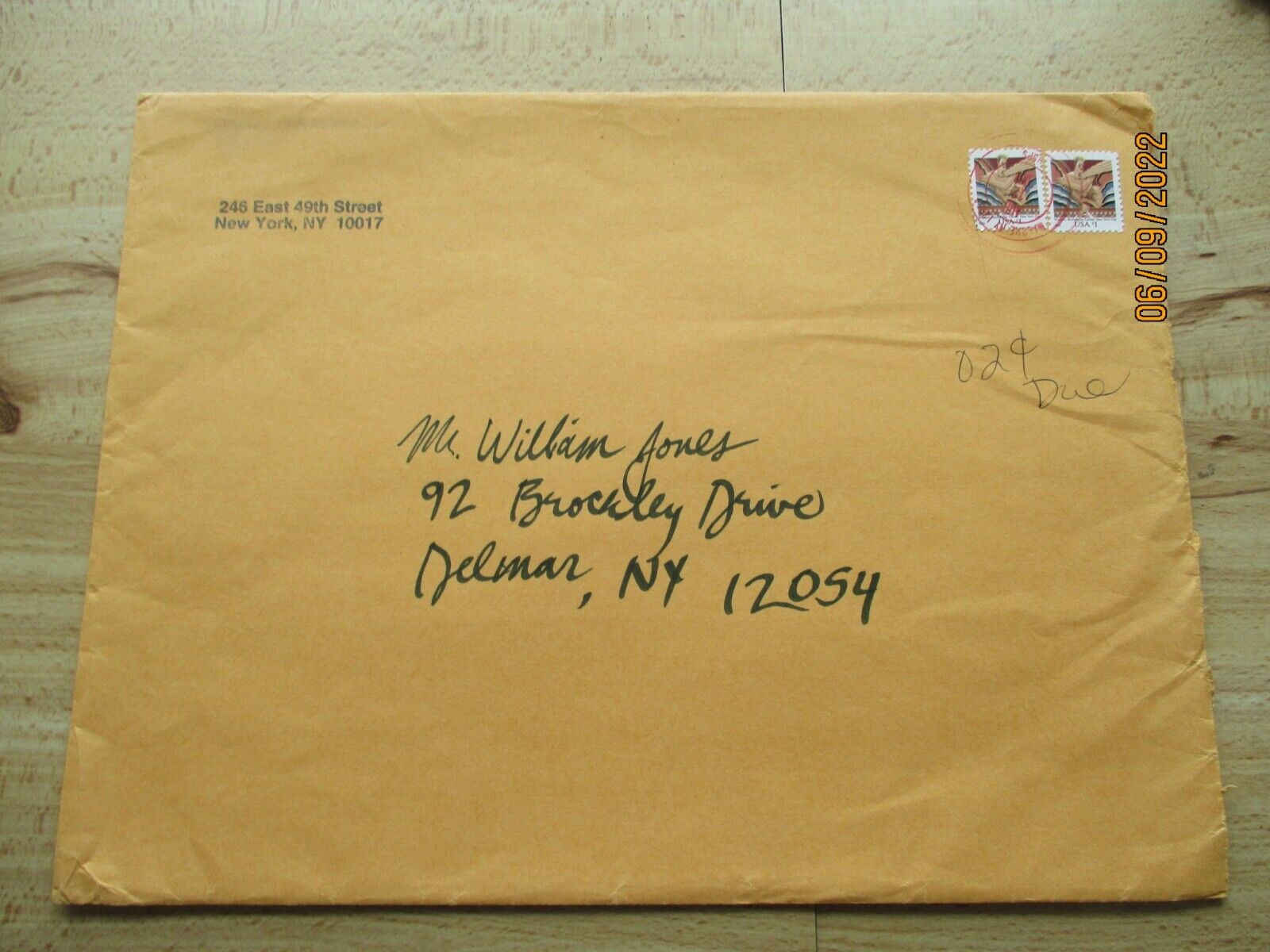-40%
50 YEARS OF SCULPTURE USSR Soviet Art 1917-1967 Russian art book
$ 39.6
- Description
- Size Guide
Description
Hello and welcome! In my store you will find classical, jazz, rock, folk,etc.
LPs.
Check my other items and follow my store for updates.
Contact me with your wantlist/questions - best deal guaranteed!
Shipping is combined on multiple items!
Audio samples can be provided upon request. Happy shopping!
**Item
50 years of Soviet sculpture 1917-1967
298 b/w reproductions
Hardcover, large format 31x26 cm (12"x10 1/4")
Text in Russian
Publication year: 1967
Great condition.
More Info - http://ussr.totalarch.com/sculpture_ussr (Use Google Translate)
Excerpt from the link above:
It is difficult to overestimate the role played by Lenin's plan of monumental propaganda for the development of Soviet sculpture. The well-known decree of the Council of People's Commissars of April 12, 1918, which called for "mobilizing artistic forces and organizing a wide competition for the development of projects for monuments that should commemorate the great days of the Russian Socialist Revolution," set an unusually large and responsible task for the sculpture, emphasized the usefulness and necessity of the sculptor's work in a new society.
As already noted, almost all of the cadres available at that time took part in the implementation of Lenin's plan of monumental propaganda. He not only revived the artistic life of Moscow and Petrograd, but also became a powerful stimulus for the development of sculpture in the periphery, in various cities of Russia and in the national republics. The concreteness of the drawn program, its close connection with life and focus on the future helped most sculptors to successfully complete the creative evolution that was inevitable at a qualitatively new stage in the development of art.
In the Soviet years, sculptors continue to work, who began their career long before the revolution. Masters such as A.S. Golubkina, S.T. Konenkov, A.T. Matveev, V.N. Domogatsky, N.A. Andreev, L.V. Sherwood, in their best works, each in his own way told the great truth about man, were living bearers of the traditions of humanism and high plastic culture inherent in the democratic wing of Russian sculptors. But what the revolutionary reality now carried with it could not be expressed only on the basis of previous ideas. Of course, the great achievements of Russian sculpture of the 20th century, for example, in the field of easel portraits, were directly developed, but on the whole the traditions on which Soviet sculpture rested were much broader. She turned to all the best in Russian and European plastic arts.This largely helped the sculptors to develop a new realistic language capable of expressing the great ideas that came to art along with the socialist revolution.
The novelty of the tasks, the great civic responsibility that fell on art, gave rise to a dispute about the ways of developing plastics, about the artistic form of the embodiment of a new theme. All kinds of anti-realist currents from cubism and constructivism to stylization in the spirit of modernity and primitiveness, which originated before October, appeared in the first years of the revolution. The "left" sculptors tried to pass off their formalistic experiments and far-fetched schemes as bold, innovative searches. They distorted the very idea put forward by the monumental propaganda plan. The Soviet people rejected the claims of the formalists. Those of them who sincerely wanted to serve the people with their creativity and strove for something new not because of fashionable hobbies, began to understand the depth of the gap between their artistic concepts and the demands of life.
The great common goal set by the revolution for the artists gradually rallied the Soviet sculptors and contributed to the development of a new worldview in them. Already in 1917, a creative union of sculptors and artists was created, its first chairman was S.T. Konenkov. In 1926, the Society of Russian Sculptors was organized and, somewhat earlier, the sculptural section of the Academy of Arts. These associations included almost all the available forces of sculptors, which were constantly replenished with graduates of art universities.
Sculpture begins to develop intensively in the union republics, even where it did not exist before the revolution (as, for example, in Azerbaijan, in Central Asia). A number of major masters are bravely tackling vital urgent tasks. In the very process of mastering the material of life, penetrating and the essence of new phenomena, their creative method, stylistic features, and techniques of professional skill are renewed.
N. Andreev made a significant contribution to Soviet sculpture in the early stages of its development. Already the monuments created by him in the first years of the revolution and associated with the implementation of the plan of monumental propaganda, speak of innovative searches and the fruitful use of heritage. The sculptor turns to the traditions of ancient art, creating the Statue of Liberty for an obelisk in honor of the first Soviet Constitution (1918 - 1919) (The obelisk, designed by the architect D.P. Osinov, was installed in front of the building of the Moscow Council (not preserved). But the image, filled with new life The monumental statues of Herzen and Ogarev near the building of Moscow State University (concrete, 1920 - 1922), although somewhat simplified in form, attract an interesting solution to the problems of synthesis of sculpture and architecture.In a consistently realistic manner, simply, with restraint, but with a sense of the inner significance of the image, Andreev performed the monument to A.N. Ostrovsky, staged at the Maly Theater in Moscow (1929).
A large series of portraits of V.I. Lenin, which began in 1920, the sculptor was lucky to work directly from nature. He owns numerous graphic portraits of the leader from fluent sketch sketches to complete, psychologically expressive drawings. In the small sculptural compositions performed in the first period (before 1924) and depicting Lenin at work - listening, thinking, - there is a lot of lively observation, subtly and correctly captured ("Lenin - writing", plaster, 1920; Tretyakov Gallery, etc. .).
From the first direct impressions Andreev proceeds to an analytical study of the model, understands for himself the patterns and features of the structure of the head and face, the proportions of Lenin's figure. The remarkable result of this in-depth work is a series of portraits. The master freely conveys the richest facial expressions of Lenin's face, many shades of his expression - either the keen attentiveness of his gaze, then a good-natured and wise smile, then intransigence and wariness. The next step is to find the situation in which Lenin's character is most fully revealed. The sculptor turns to semi-figured compositions; the image emphasizes the activity of the state (Lenin on the Tribune, plaster cast, 1929; Tretyakov Gallery).
The synthesis of many years of work was created in 1931 - 1932. composition "Lenin the Leader" (marble; Tretyakov Gallery). Straightened to his full height, Lenin rises above the podium. He kind of addresses a wide audience. The turn of the head and the movement of the extended right shoulder create a subtle but internally strong dynamic. The face is seen slightly in foreshortening, from bottom to top; clearly, even sharply sculpted, it is given in heroic tension. A feeling of calm irresistible force and activity is created. Ilyich with the people, seeing their historical destinies, paving the way to a brighter future - such is the inner pathos of this work, which makes the composition monumental.
Andreev's "Leniniana", the generalizations of which were based on live observation and accurate knowledge of nature, was a precious material for all artists who subsequently worked on the image of Lenin. For Andreev himself, the ego was a complex creative process, during which the realist artist's method developed and enriched, overcoming the narrowness and intimate understanding of not only the plot, but also the plastic language itself.
Images of V.I. Lenin has a special place in Soviet sculpture. Along with N. Andreev, many sculptors have been working on the embodiment of this inexhaustible image since the 1920s. and up to the present day, finding more and more new solutions in various genres and types of sculpture. Of interest are the monuments to Lenin erected on the site of revolutionary events - V.V. Kozlov at Smolny (1927), S.A. Evseeva and V.A. Shchuko at the Finland Station (1925). Both the one and the other monument, different in composition and manner of execution, depict Lenin, addressing the masses with an open inviting gesture.
The image of K. Marx also received a bold decision in Soviet sculpture. In the first years after the revolution (1920 - 1925) an interesting project of the monument to K. Marx was created by S.S. Aleshin, G.M. Gyurdzhyan and S.V. Koltsov. In this carefully designed project, the figure of the leader of the world proletariat was presented surrounded by representatives of the working classes, personifying the triumph of the ideas of communism in Soviet society. The group, compact, clear in silhouette, was well read from different sides, actively organizing space around itself. Alyoshin is the author of interesting portraits, in which the detail of the performance does not interfere with the identification of the main thing in the character (portrait of M.V. Frunze, 1927).
**Payment
The payment should be made within 3 days after winning the item.
Accepting
PayPal
.
**Shipping
Only registered shipping with tracking number.
